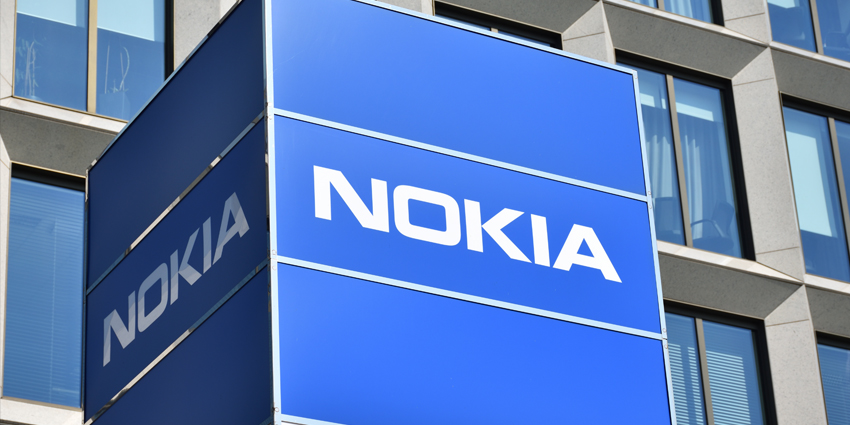The world of “Generative AI” is having a moment. Right now, it seems as though everyone is talking about Generative solutions such as DALL-E 2, Stable Diffusion, and of course, ChatGPT.
While Generative AI isn’t necessarily a new concept, it’s one gaining increasing attention in recent years thanks to the development of new technologies, methodologies, and open-source models. Analysts believe Generative AI won’t just change the way we produce art and content, but it could also transform everything from customer service to product development.
In 2022, demand for Generative AI solutions skyrocketed as companies began to experiment with the use of algorithms to create all kinds of new content, from simulations and videos to audio, code, text, and images. Heading into 2023, it seems as though the landscape will continue to grow, with some significant big tech brands leading the way.
Here are some of the major tech firms leveraging enterprise generative AI tools.
Google has been investing in AI for some time now. The company believes artificial intelligence can empower people and companies to accomplish more in a shorter space of time. As such, Google has gone all-in on AI research, educational resources, APIs, and open-source tools.
In November 2022, Google introduced Wordcraft, a tool powered by LaMDA, one of the company’s leading generative AI models. The prototype writing tool is essentially an intelligent text editor which can rewrite content, improve grammar, and provide creators with inspirational guidance. Notably, this tool intended to augment, not replace, the human writer. It doesn’t produce full narratives but instead optimizes the content already provided.
Also, in 2022, Google introduced two text-to-image generative AI models: Imagen and Parti. Parti uses transformer technology to create images from text tokens, while Imagen produces content using diffusion models, similar to the techniques used by DALL-E 2. More recently, Google also rolled out Muse, a text-to-image model using deep neural networks to generate images based on descriptors.
Meta
Meta is another company investing heavily in enterprise-level generative AI solutions today. It’s little surprise the organization is exploring this landscape when we consider its growing focus on the metaverse and XR space. In September 2022, Meta introduced the “Make-a-Video” AI system, specifically intended to help marketers and content creators on the Meta platform.
According to Meta, the solution leverages the most recent algorithms produced by Meta based on generative technology research. Using publicly available data, the technology allows users to create sketches, illustrations and animations using text, freeform sketches, and specific words.
The Make-a-Video, and accompanying Make-a-Scene technologies produced by Meta are just one example of how the organisation invests in more intelligent tools. The company has also announced its decision to integrate various key AI platforms into the Horizon metaverse and has begun working on a new self-learning conversational network known as Project CAIRaoke.
VirtualSpeech
VirtualSpeech, an AI and technology innovator from the UK, has shared some unique insights into its generative AI strategy recently. The company recently integrated ChatGPT into its platform for VR training to provide access to flexible upskilling services capable of adapting to each user. Using ChatGPT, VirtualSpeech has built a text-to-voice solution capable of creating real-time responses for trainees as they progress through an educational experience.
Companies can create simulated scenarios for trainees to help them build soft skills, communication abilities, and customer service knowledge within the platform. With ChatGPT, avatars used to train team members can converse with employees in a way similar to a real human. According to VirtualSpeech, the avatars can even admit to mistakes, answer follow-up questions and challenge concepts they consider to be incorrect.
This unique example of companies embracing generative AI offers insight into how the technology might be used to power the next generation of education and training, particularly in the XR landscape. With generative tools, companies can make each interaction feel more realistic.
Microsoft
Microsoft may be one of the biggest companies investing in Generative AI today. Recently, the company announced it had officially integrated the ChatGPT technology from OpenAI into its Azure services. This will allow enterprise end-users of Microsoft Azure to integrate models for generative AI into their business applications and services.
Microsoft has revealed in 2023 that it’s currently entering the third stage of its partnership with OpenAI, which involves a multi-billion dollar investment in the company. Microsoft will be deploying the models created by the AI company across its enterprise and consumer products going forward and look for new ways to develop new digital experiences for users as a result.
Microsoft is also increasing its investment in developing more advanced supercomputing systems to help take the abilities of OpenAI technology to the next level. The organization believes its partnership with OpenAI is an important step in democratizing the use of generative AI and making it more accessible to everyone.
NVIDIA
For developers, access to generative AI solutions is growing as market-leading vendors like NVIDIA take their first steps into the market. In January 2023, NVIDIA announced it was launching a variety of AI projects designed to assist creators across every industry. As part of this initiative, NVIDIA plans to implement generative AI into the various tools developers use to develop XR and metaverse experiences.
NVIDIA consumers are already using generative AI within the Omniverse environment in the form of solutions like Audio2Gesture and Audio2Face. These tools allow companies and developers to create new animations from audio rapidly. Other generative solutions introduced by the brand include options like Lumirithmic, which generates 3D mesh avatars from facial scans.
Elevate3D, a partner solution within the NVIDIA Omniverse landscape, can create 3D visualizations from products using video recordings. NVIDIA is also investing in GET3D, a generative AI model which creates 3D shapes using rich geometric textures, details, and topology.
While generative AI might not be entirely “mainstream” yet, rapid investment from significant technology brands indicates the hype for this technology won’t disappear any time soon.







